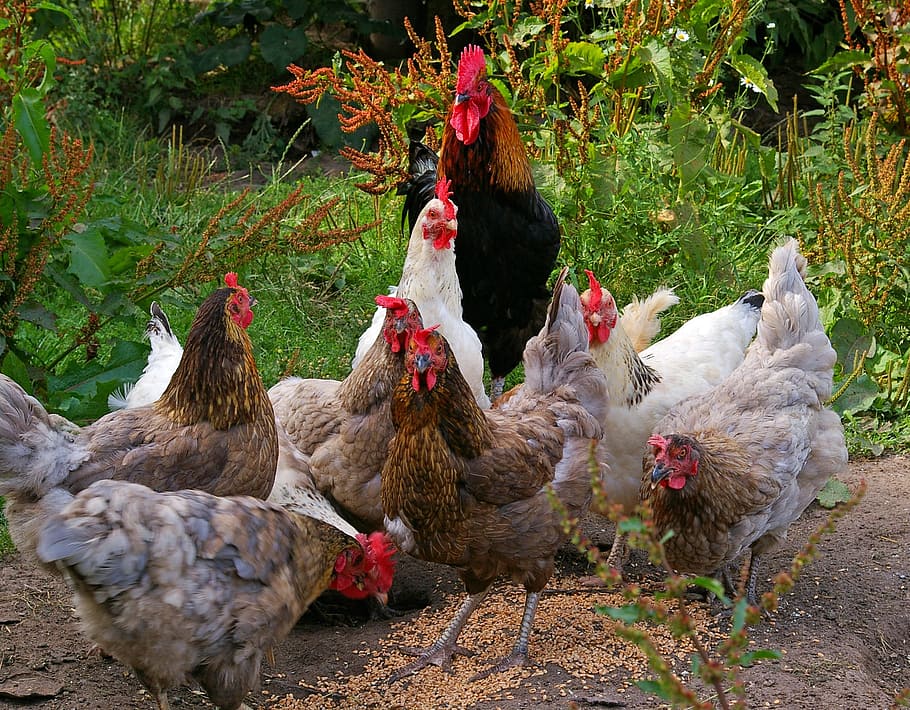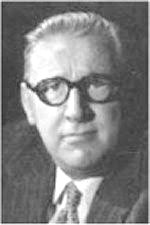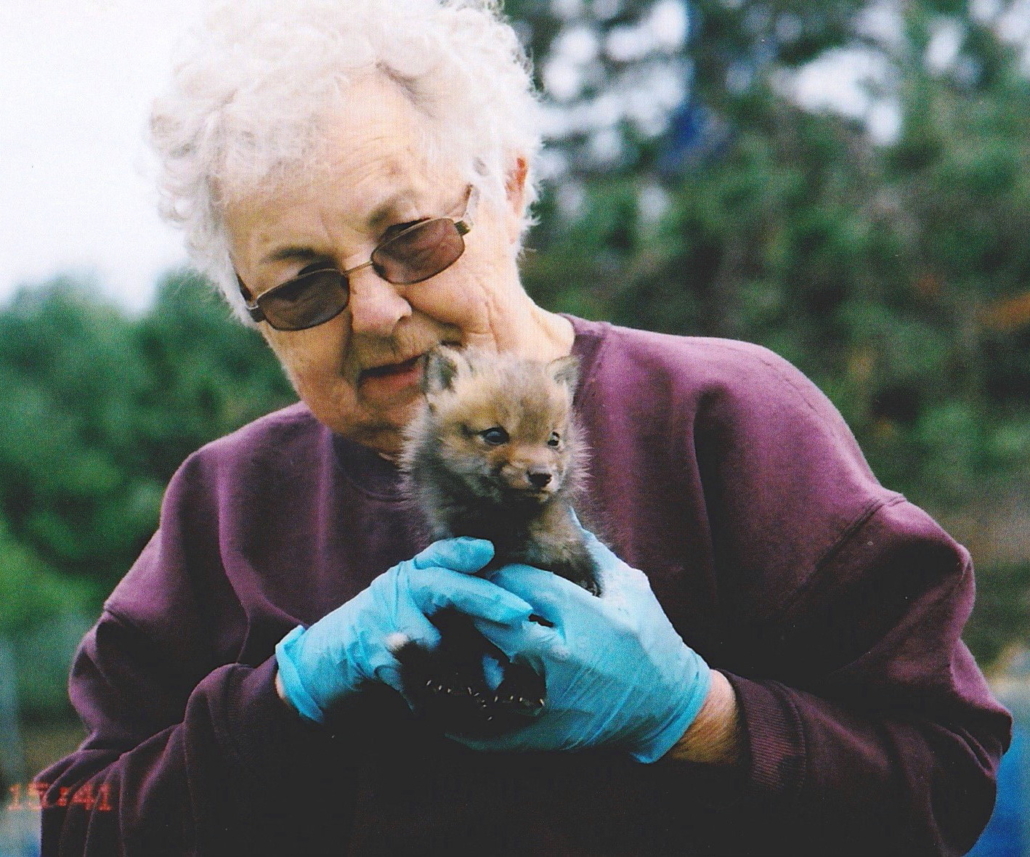SCORES & OUTDOORS: Maine health officials respond to Avian flu

 by Roland D. Hallee
by Roland D. Hallee
Recently, I received information from the U.S. Department of Agriculture’s National Veterinary Services Laboratories confirming the presence of highly pathogenic avian influenza (HPAI) in samples taken from small flocks of non-commercial backyard birds (non-poultry); Lincoln County (March 17); Knox and York counties (March 19); Cumberland County (March 22); and Washington County (March 26).
DACF Animal Health placed the properties under quarantine, and humane depopulation efforts have been completed.
Additional safety measures were implemented, including monitoring properties with domestic flocks within a six-mile radius and notifying bird owners of the importance of proactive safety measures to help prevent disease.
The risk for HPAI remains high, and backyard flock and commercial operators are advised to keep birds indoors to prevent the spread of this disease.
The current outbreak of HPAI is spreading across the country primarily due to the migration of wild birds. There is little evidence to suggest HPAI is being spread from farm to farm (lateral transmission). The virus is very prevalent in the environment in wild birds so flock owners need to practice strong biosecurity. More information on steps they can take to enhance biosecurity is available here: http://healthybirds. aphis. usda.gov.
Birds should be kept inside as long as the disease transmission risk is high. Please reference the Maine DACF Animal Health website for up-to-date information.
Because HPAI is being spread by migrating wild birds, it is difficult to predict what will happen over the next couple months. The trends observed with past North American HPAI outbreaks are that there is often a reprieve in the summer months. Summer is when the virus present on the landscape (outdoors) is degraded by sunlight and heat. Migratory waterfowl (ducks, geese, and shorebirds) moving south in the fall months are likely to shed AI virus again. It is critically important that poultry owners work now to provide indoor shelter for their birds through the fall and provide outdoor access only in covered poultry runs, allowing protection from predators and preventing contact with wild waterfowl and their droppings.
When purchasing new birds it’s always recommended to only purchase birds from a reputable source that follows effective biosecurity protocols and closely monitors poultry health.
Some of the signs to look for are sudden death without clinical signs; Lack of energy and appetite; Decreased egg production or soft-shelled or misshapen eggs; Swelling of the head, comb, eyelid, wattles, and hocks; Purple discoloration of wattles, comb, and legs; Nasal discharge, coughing, and sneezing; Incoordination; or Diarrhea. Learn more.
The best approach to protect the flock is to practice good biosecurity – this means keeping your birds separate from sources of disease, such as infected wild birds and their environment.
Report sick birds or unusual bird deaths to State/Federal officials, either through your state veterinarian or through USDA’s toll-free number at 1-866-536-7593.
Can people contract AI? No cases of this particular strain of the avian influenza virus have been detected in humans in the United States. According to the U.S. Centers for Disease Control and Prevention, recent detections of this strain of influenza in birds in Maine and several other states present a low risk to the public.
Poultry and eggs are safe to eat when handled and cooked properly. Eggs from a known infected flock are safely disposed of.
There is compensation available. Refer to the USDA APHIS website to learn what is covered and how the process works.
USDA has many resources available for commercial poultry producers and backyard bird owners through its Defend the Flock campaign. Information about this campaign and links to toolkits containing biosecurity checklists, videos, and more, are available.
DACF’s Animal Health team is also working closely with the Maine Center for Disease Control and Prevention (Maine CDC). Though this strain of avian influenza has not been detected in humans in the United States, Maine CDC is monitoring the health and wellbeing of animal health staff and flock owners who were exposed out of an abundance of caution. Signs and symptoms of bird flu infections in people can include fever (temperature of 100°F or greater) or feeling feverish, cough, sore throat, runny or stuffy nose, muscle or body aches, fatigue, headaches, eye redness (or conjunctivitis), and difficulty breathing.
Other possible symptoms are diarrhea, nausea, and vomiting. As with seasonal flu, some people are at high risk of getting very sick from bird flu infections, including pregnant women, people with weakened immune systems, and people 65 and older. The U.S. CDC provides information on avian flu transmission. The Maine CDC’s Health and Environmental Testing Laboratory is prepared to process samples and quickly provide results for anyone potentially exposed to the virus.
Roland’s trivia question of the week:
What was the nickname of the Boston professional American League baseball team between 1901 and 1907?















